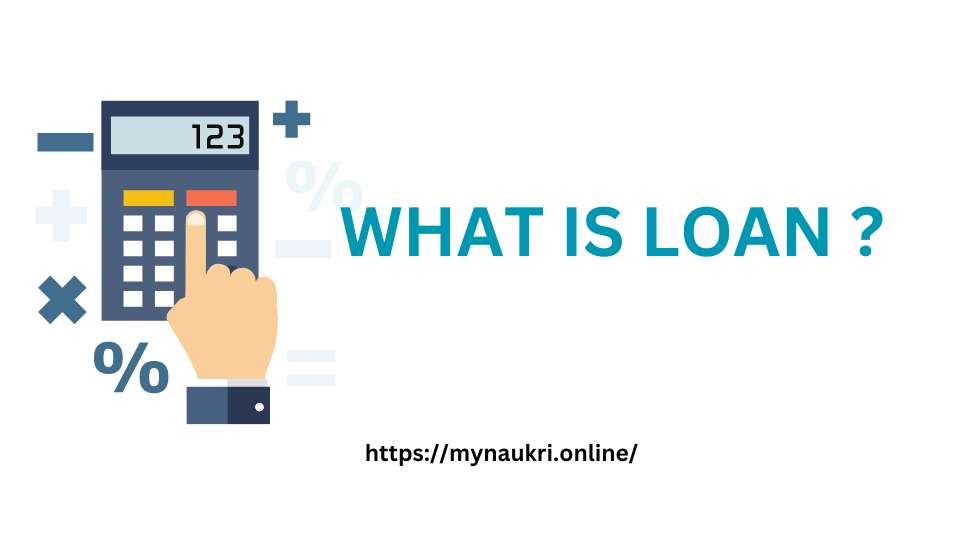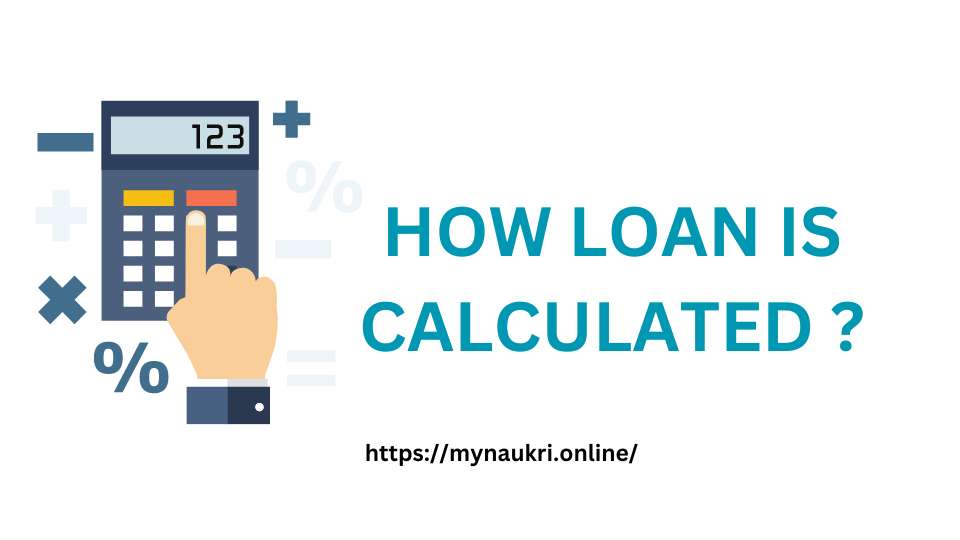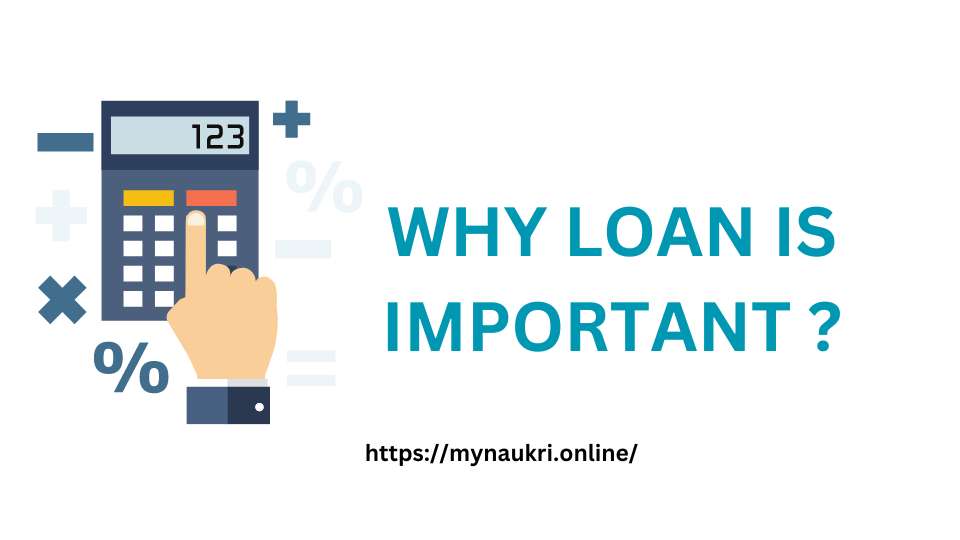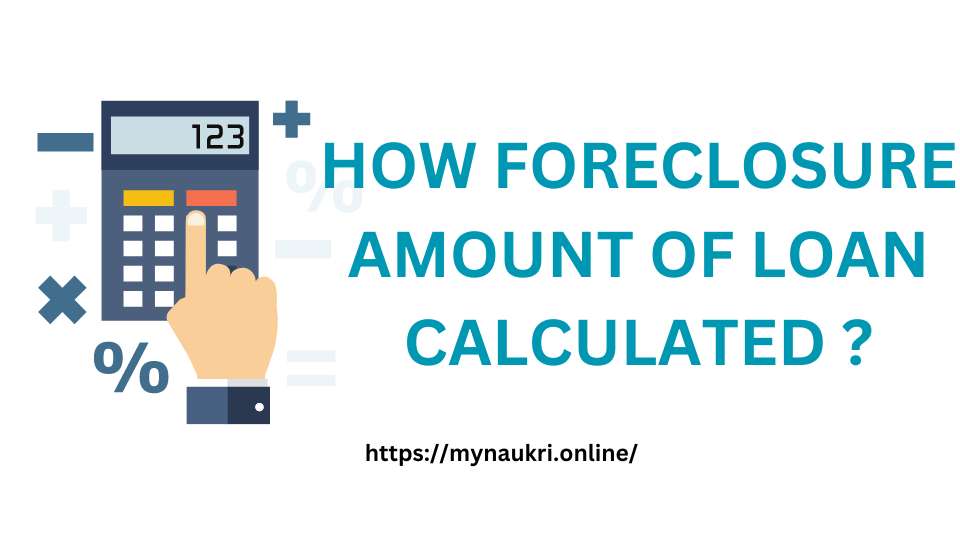0 INR
0 INR
0 INR
0 INR
HOME LOAN EMI CALCULATOR

HOME LOAN EMI CALCULATOR A loan is a financial arrangement in which one party (the lender) provides money or other resources to another party (the borrower) with the expectation that the borrower will repay the lender in the future. EMI CALCULATOR ONLINE Typically, loans are repaid with interest, which is an additional amount paid for the privilege of borrowing the money. Loans can be used for various purposes, including purchasing a home, financing education, starting a business, or covering personal expenses.
EMI CALCULATOR ONLINE Here are some key aspects of a loan:
- Principal: The amount of money that is initially borrowed.
- Interest: The cost of borrowing the principal, usually expressed as an annual percentage rate (APR).
- Term: The length of time over which the loan must be repaid.
- Repayment Schedule: The plan for how and when the borrower will repay the loan, typically through regular installments (e.g., monthly payments).
- Collateral: An asset that the borrower offers to secure the loan, which the lender can claim if the borrower defaults on the loan. Some loans are unsecured, meaning no collateral is required.
- Creditworthiness: The borrower’s ability to repay the loan, often assessed through credit scores and credit history.
EMI CALCULATOR ONLINE
Loans come in various forms, including:
- Personal Loans: Unsecured loans for personal use.
- Mortgage Loans: Secured loans used to purchase real estate.
- Auto Loans: Secured loans used to buy a vehicle.
- Student Loans: Loans to finance education, which may have specific repayment terms and conditions.
- Business Loans: Loans to fund business operations or expansion.
Understanding the terms and conditions of a loan, including the interest rate, repayment schedule, and any associated fees, is crucial before committing to borrowing.
HOME LOAN EMI CALCULATOR A loan is a financial arrangement in which one party (the lender) provides money or other resources to another party (the borrower) with the expectation that the borrower will repay the lender in the future. Typically, loans are repaid with interest, which is an additional amount paid for the privilege of borrowing the money. Loans can be used for various purposes, including purchasing a home, financing education, starting a business, or covering personal expenses.

EMI CALCULATOR ONLINE Here are some key aspects of a loan:
- Principal: The amount of money that is initially borrowed.
- Interest: The cost of borrowing the principal, usually expressed as an annual percentage rate (APR).
- Term: The length of time over which the loan must be repaid.
- Repayment Schedule: The plan for how and when the borrower will repay the loan, typically through regular installments (e.g., monthly payments).
- Collateral: An asset that the borrower offers to secure the loan, which the lender can claim if the borrower defaults on the loan. Some loans are unsecured, meaning no collateral is required.
- Creditworthiness: The borrower’s ability to repay the loan, often assessed through credit scores and credit history.
EMI CALCULATOR ONLINE Loans come in various forms, including:
- Personal Loans: Unsecured loans for personal use.
- Mortgage Loans: Secured loans used to purchase real estate.
- Auto Loans: Secured loans used to buy a vehicle.
- Student Loans: Loans to finance education, which may have specific repayment terms and conditions.
- Business Loans: Loans to fund business operations or expansion.
CAR LOAN EMI CALCULATOR Understanding the terms and conditions of a loan, including the interest rate, repayment schedule, and any associated fees, is crucial before committing to borrowing.

EMI CALCULATOR ONLINE Loans play a crucial role in both personal and economic contexts for several reasons:
- Access to Capital: Loans provide individuals and businesses with access to capital they may not otherwise have, enabling them to make purchases, invest in opportunities, or cover expenses.
- Investment: Loans facilitate investment in education, housing, businesses, and other assets that can enhance personal wealth and contribute to economic growth.
- Smooth Consumption: Loans allow individuals to smooth their consumption over time by borrowing to finance purchases when their income is insufficient.
- Business Growth: For businesses, loans are often essential for growth, enabling them to expand operations, purchase equipment, hire staff, and invest in research and development.
- Economic Stimulus: In times of economic downturns, loans, especially those provided by governments or central banks, can stimulate economic activity by increasing spending and investment.
- Financial Inclusion: Loans can promote financial inclusion by providing opportunities for individuals and businesses, especially those in underserved communities, to access financial services and build credit.
- Risk Management: Loans can help individuals and businesses manage financial risks by providing funds to cover unexpected expenses or losses.
- Interest Income: Lenders earn interest income from loans, which can be a significant source of revenue for financial institutions and investors.
- Liquidity Management: Loans allow financial institutions to manage their liquidity by lending out funds that would otherwise remain idle.
- Credit Building: Responsible borrowing and repayment of loans can help individuals build a positive credit history, which is crucial for accessing future credit on favorable terms.
For SBI SIP Calculator – Click here
EMI CALCULATOR ONLINE Overall, loans serve as a fundamental tool for allocating capital efficiently, promoting economic activity, and enabling individuals and businesses to achieve their goals. However, it’s essential to manage loans responsibly to avoid excessive debt and financial hardship.

For birthday wishes in Marathi – Click here
LOAN EMI CALCULATOR Loan foreclosure, also known as loan default or loan delinquency, occurs when a borrower fails to make payments on a loan according to the terms of the loan agreement. The process and calculations involved in loan foreclosure can vary depending on the type of loan, the lender’s policies, and applicable laws. Here’s a general overview of how loan foreclosure is calculated:
- Determine the Delinquency: The first step in the foreclosure process is determining when a loan is considered delinquent. This typically occurs when a borrower fails to make a payment by the due date specified in the loan agreement.
- Assess Late Fees: Many loan agreements include provisions for late fees when payments are not made on time. The amount of late fees can vary depending on the terms of the loan agreement and applicable regulations.
- Accrue Interest: Unpaid loan balances continue to accrue interest according to the terms of the loan agreement, even after the borrower becomes delinquent. The amount of interest accrued depends on the interest rate and the outstanding principal balance.
- Communication and Notices: Lenders typically send communication and notices to borrowers informing them of their delinquency and providing opportunities to bring the loan current. These communications may include information about potential consequences of continued non-payment, such as foreclosure proceedings.
- Initiate Foreclosure Proceedings: If the borrower does not bring the loan current within a specified period or negotiate an alternative arrangement with the lender, the lender may initiate foreclosure proceedings. The specific process and timeline for foreclosure can vary depending on factors such as the type of loan and applicable laws.
- Calculate Total Amount Due: The total amount due for foreclosure typically includes the outstanding principal balance, accrued interest, late fees, and any additional costs associated with the foreclosure process, such as legal fees and property inspection fees.
- Auction or Sale: In some cases, the lender may foreclose on the property securing the loan and sell it at auction to recover the outstanding debt. The proceeds from the sale are applied to the total amount due, and any remaining balance may still be owed by the borrower.
For other information in marathi – Click here
EMI CALCULATOR It’s important to note that the specific calculations and procedures involved in loan foreclosure can vary widely depending on factors such as the type of loan (e.g., mortgage loan, auto loan, personal loan), the terms of the loan agreement, applicable laws, and the policies of the lender. Borrowers facing delinquency should communicate with their lenders as soon as possible to discuss options for avoiding foreclosure and resolving the delinquency.